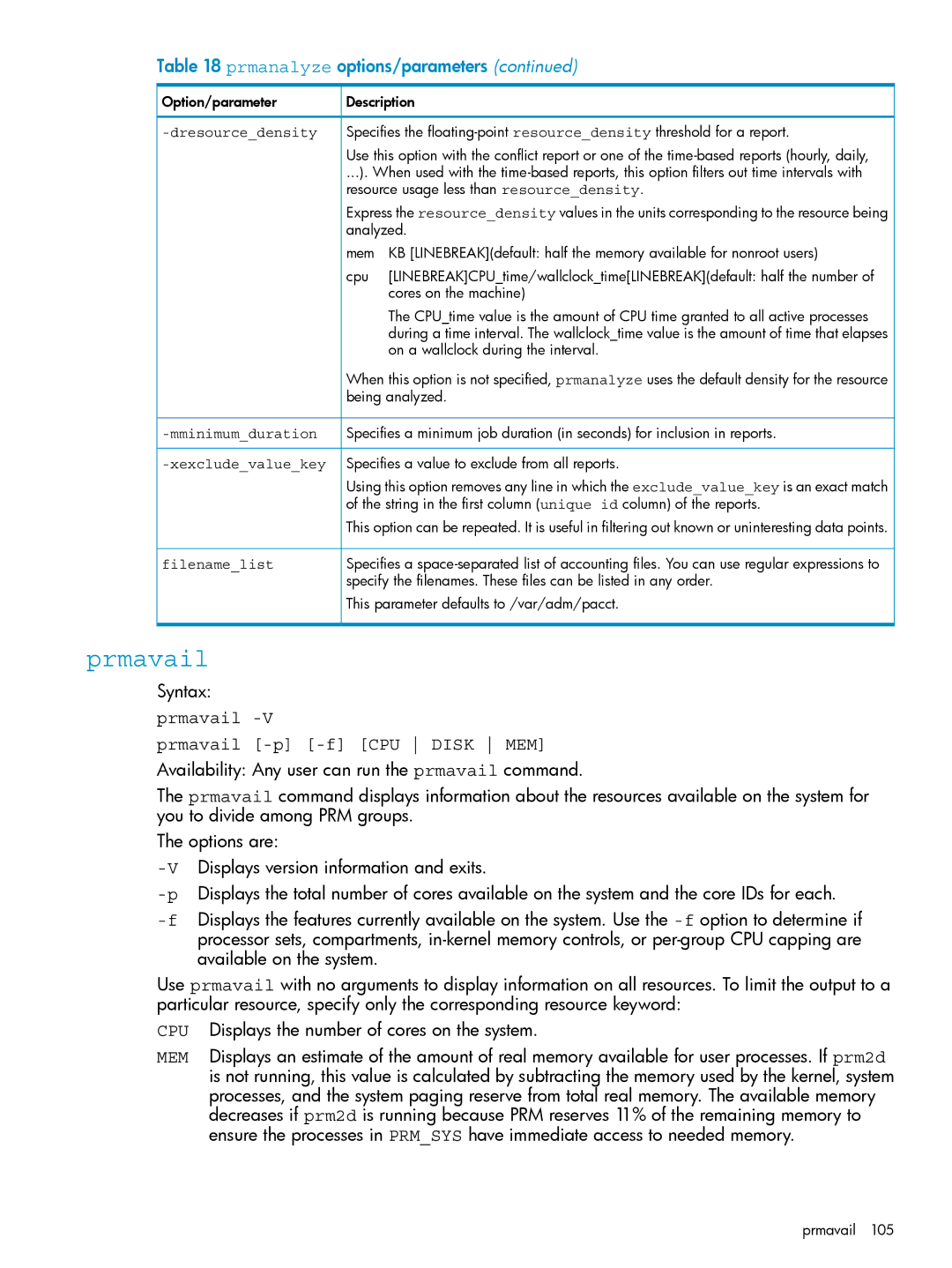
Table 18 prmanalyze options/parameters (continued)
Option/parameter | Description | |
| Specifies the | |
| Use this option with the conflict report or one of the | |
| ...). When used with the | |
| resource usage less than resource_density. | |
| Express the resource_density values in the units corresponding to the resource being | |
| analyzed. | |
| mem | KB [LINEBREAK](default: half the memory available for nonroot users) |
| cpu | [LINEBREAK]CPU_time/wallclock_time[LINEBREAK](default: half the number of |
|
| cores on the machine) |
|
| The CPU_time value is the amount of CPU time granted to all active processes |
|
| during a time interval. The wallclock_time value is the amount of time that elapses |
|
| on a wallclock during the interval. |
| When this option is not specified, prmanalyze uses the default density for the resource | |
| being analyzed. | |
| Specifies a minimum job duration (in seconds) for inclusion in reports. | |
| Specifies a value to exclude from all reports. | |
| Using this option removes any line in which the exclude_value_key is an exact match | |
| of the string in the first column (unique id column) of the reports. | |
| This option can be repeated. It is useful in filtering out known or uninteresting data points. | |
filename_list | Specifies a | |
| specify the filenames. These files can be listed in any order. | |
This parameter defaults to /var/adm/pacct.
prmavail
Syntax:
prmavail -V
prmavail [-p] [-f] [CPU DISK MEM]
Availability: Any user can run the prmavail command.
The prmavail command displays information about the resources available on the system for you to divide among PRM groups.
The options are:
Use prmavail with no arguments to display information on all resources. To limit the output to a particular resource, specify only the corresponding resource keyword:
CPU Displays the number of cores on the system.
MEM Displays an estimate of the amount of real memory available for user processes. If prm2d is not running, this value is calculated by subtracting the memory used by the kernel, system processes, and the system paging reserve from total real memory. The available memory decreases if prm2d is running because PRM reserves 11% of the remaining memory to ensure the processes in PRM_SYS have immediate access to needed memory.
prmavail 105
